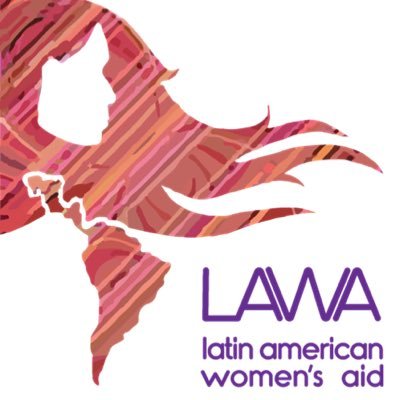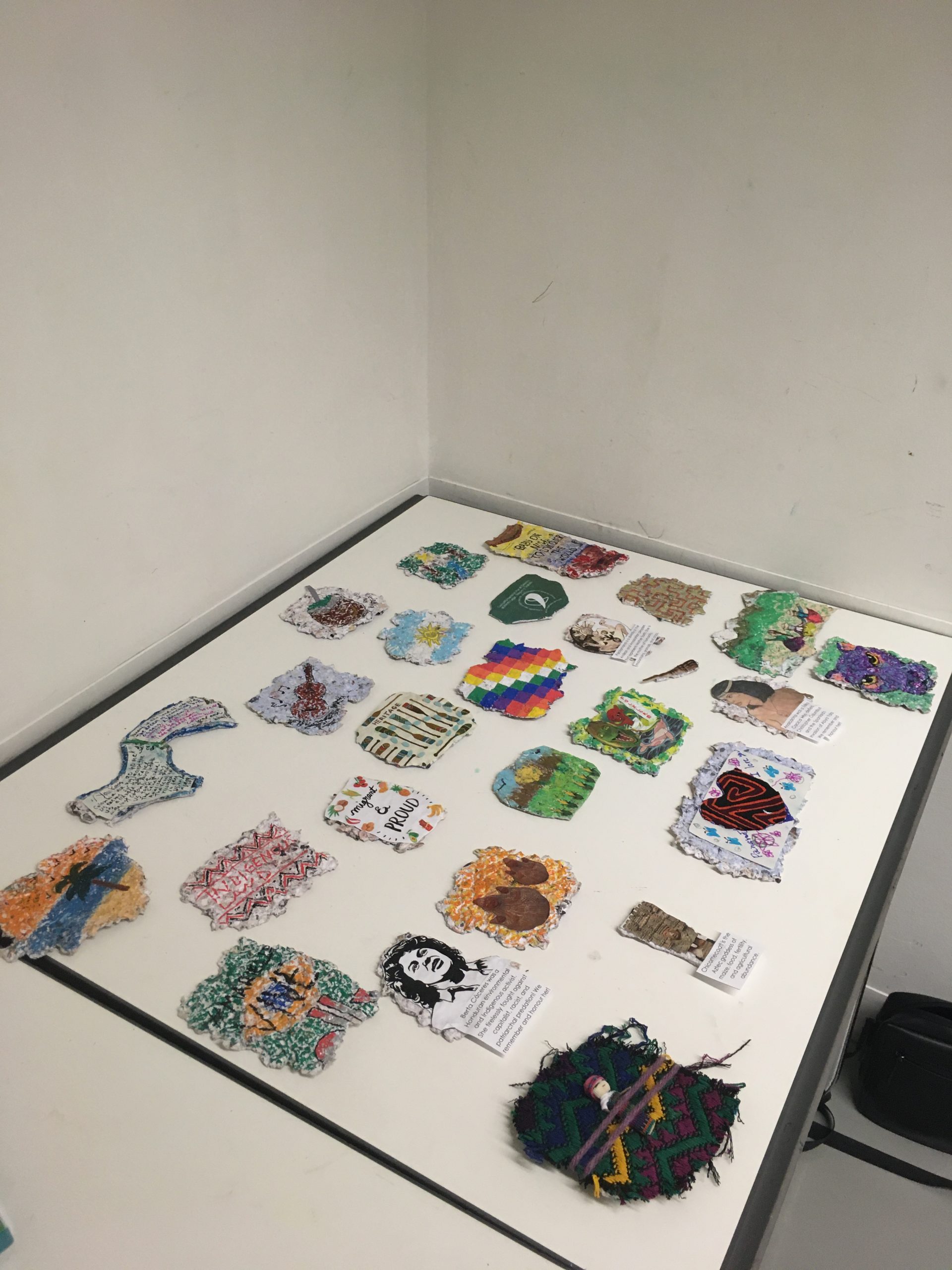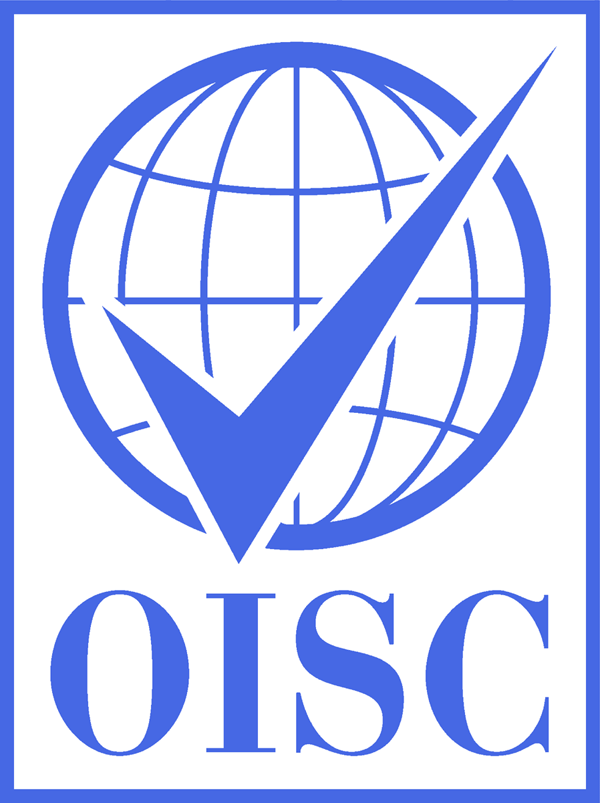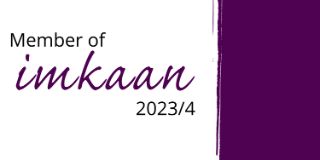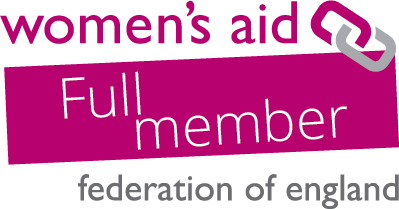By Daniela Londoño
LAWA Community Engagement and Volunteer Coordinator

We have an invitation for you! Here is some context:
For two months, a group of LAWA volunteers and Change Makers worked weekly on a project led by the British Museum. As an intersectional feminist and Latin American organisation, occupying the spaces of this museum and putting our anti-colonial visions inside it seemed to us a powerful action.
The project was a space for participants to share life stories, bring objects associated with their identities as Latin Americans, talk about what Abya Yala means to them and represent all of this in an artistic way. In doing so, the project aimed to give visibility to our region and to the Latin American migrant community in London.
Together, we visited some of the museum’s exhibitions and one of the museum’s storerooms while critically discussing their origins and honouring the places and communities to which they belong. With women from Brasil, Ecuador, México, Bolivia, Bolivia, Panamá, Colombia and Argentina, the group brought out the diversity and richness of our region.

This richness is manifested in a variety of expressions, such as music, dance, religions and beliefs, food, languages, rituals, everyday tools and objects, celebrations and events, symbols, and so on. All this makes Abya Yala a unique and diverse region, of which we are very proud. However, we are not only proud of it, but also of the strength and power of the indigenous resistance that has protected the land that colonisers and capitalists have attempted to plunder completely. We are proud of the feminist resistance that has fought against patriarchy, racism and all systems of oppression and succeeded in gaining the guarantee of our rights. We are proud of the social movements across the region that have fought against capitalist oppression and have stood up to defend our communities. We are proud of the Latin American migrants who work tirelessly so that other migrants get what they need and deserve. These resistances are also part of who we are – of our identity. During the sessions of this project, we talked about all these different expressions, and we hoped to make together a final artwork in which all of this would be portrayed.

Working with the British Museum was, from the very beginning, a symbolic anti-colonial action and we were always clear about that. However, as the project was coming to an end, we found that our views could not be explicitly represented on the Latin American map supposedly made to display the expressions of our region. In the last week of the process, we found out that the museum’s hired artist considers our approach ‘too confrontational’ to be taken into account and that adding anti-colonial manifestations would ‘push the museum’s boundaries’. This was an unfortunate notice and a huge disappointment for this project and this organisation.
To those who might argue that the British Museum is not the place to talk about colonialism and its connection to migration, we reply that it is indeed a place for that. Colonialism is not something that belongs to the past or is merely represented in the collections of the museum. It is very much alive out there. Its consequences are present in the experiences of migrant and black women facing racism; in the lives of millions of migrants who leave their homelands in an attempt to survive because their communities have been impoverished over centuries; in the bodies of migrant women who remain for decades in relationships in which they are abused by white men; in the discrimination faced by many Latin American migrants in the UK labour market; in the deaths of migrants arriving by boat to this continent in the middle of the sea. All oppressions are connected and there are plenty of examples of the ongoing impact of colonialism on our lives. The demand for responsibility for this country’s colonialism is more than obvious coming from a project developed with an intersectional feminist and migrant organisation. Asking us to do politically ‘subtle’ work with an institution that symbolises what the British Museum does is rather unreasonable.

That said, the project was completed and there is a creative outcome that partially represents who we are as Latin Americans. On the whole we are indeed appreciative of the dialogue that was created as a result of this collaboration, and we trust that these reflections will continue on amongst everyone involved.
There is a map that will be displayed in the museum that includes images and elements related to our cultural practices. These images were handmade by LAWA Change Makers and volunteers, to whom I am deeply grateful. Thanks to you all for these weeks together and for sharing with us about your countries, identities, and heritage. Thank you for being Hope for the world!!

The exhibition is happening on the 15th of September from 10:00 a.m. to 8:30 p.m. in the Great Court at the British Museum.
